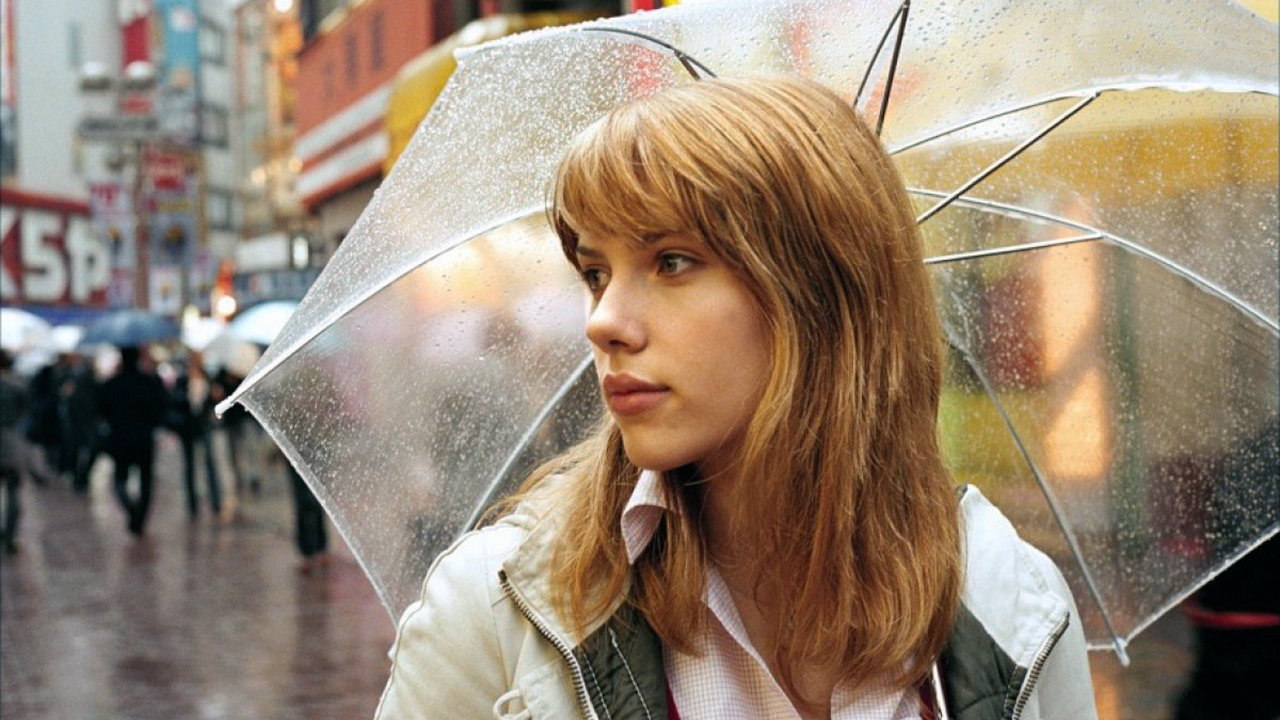
The Industrial Revolution brought us some of the greatest changes seen in human history. Everything started to develop and accelerating toward a new order. As a consequence of those changes, the human cities stared to grow and grow in a relentless expansion that has shaped the lives of millions across the world. In today’s globalized neo-liberal reality, the relationship between men and the cities is very intricate, complex and multi-layered.
In order to comprehend the cities’ influence in our lives, we would need to consider a myriad of factors: the economy, the politics, the history of the place and the individual, the cultural diversity, and many more. I’ve picked 20 great films that examine in one way or another how the individual reacts to that incomprehensible, ever-changing and frightening abstract entity we know as ‘City’ that we both love and fear.
Of course, talking about cities is talking about the way the world is shaped in our days, the way we relate to other people, to our jobs, to our dreams, to what we want to do during our lifetime.
1. Taxi Driver (Martin Scorsese, 1976)

“Taxi Driver”, directed by Martin Scorsese in 1976, is one of the most iconic films of the past century. We follow Travis Bickle, a Vietnam war veteran wandering around New York City working the night shift as a cab driver.
In essence, “Taxi Driver” can be seen as a film about a lonely and deranged man that finds a small glimpse of purity in the form of an underage prostitute, and gives himself in order to save her from the filth and the decay. Robert De Niro’s masterful performance shows a man who is tired of all the human misery, who has been face to face with the darkest manifestations of the human condition.
New York City is a very important character in the film, and the city is depicted as a playground for prostitutes and pimps, where men have forgotten how to love and where innocence has lost its place. All men and women are creatures of the night, who have lost their dignity and have become soulless beasts. When war turns life into a game and death into a pastime, we all suffer the consequences.
2. Ikiru (Akira Kurosawa, 1952)
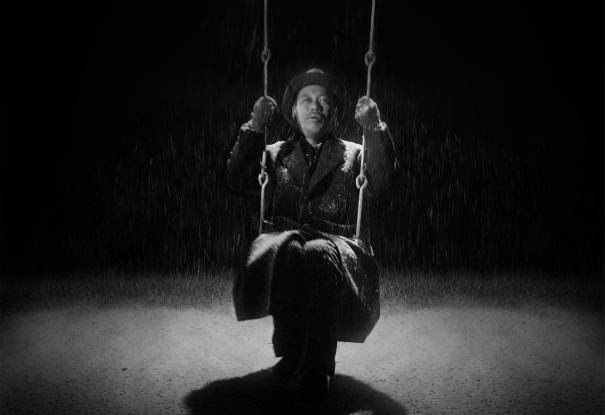
In 1952 Akira Kurosawa directed “Ikiru”, a beautiful film about the struggle to find the meaning of one’s life and the search for humanity in an inhuman context. Kanji Watanabe, played by Takashi Shimura, is a bureaucrat who has wasted the better part of his life in a redundant and meaningless job. The film follows him as he finds out he has cancer and his consequent determination to help a group of neighbors that want to turn a dangerous wasteland into a public park.
In one of the most beautiful takes of the film, we see Watanabe sitting on a swing in the finished park while snow falls softly and covers everything. Watanabe has accomplished something of value and we remember that we don’t live on our own, that we are part of a collective way bigger than ourselves and that sometimes the key to happiness and fulfillment lies in helping others.
It is in this set of ideas that Kurosawa’s masterpiece reminds us that, while life in cities can be pretty lonely and intimidating, beauty is all around us, we just need to know where to look for it. It reminds us that there are always ways to help others, even while living in a system that worships selfishness and that takes away our spirits to turn us into productivity machines.
3. Le Samouraï (Jean-Pierre Melville, 1967)
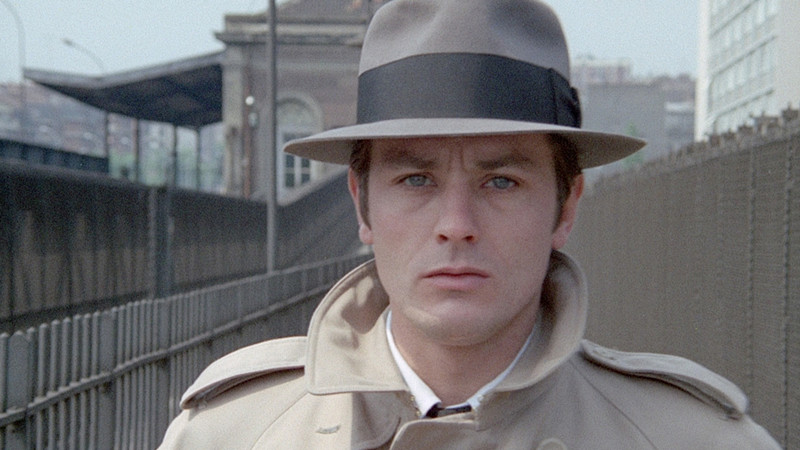
In Jean-Pierre Melville’s neo-noir film “Le Samouraï”, we are transported to 1960s Paris. Jeff Costello, played by Alain Delon, is a professional hitman who has been hired to kill a nightclub owner. He is seen at the crime scene but his carefully planned alibi keeps him from being incarcerated. He is then chased both by the police, commanded by a very discerning detective, and by his employer, who has betrayed him but still wants him for another job.
“Le Samouraï” is a pessimistic film. Paris is not the delightful and magical cradle of art and culture where painters, poets and writers meet; instead we are shown a gray and oppressive city. The streets are empty and the sky seems to be made out of lead. Melville understands something, and it’s that we cannot separate man from his cities, as they are created in our image, and our problems become the problems of the city. They are a reflection of ourselves, and the Paris we see is a reflection of Costello’s inner self.
In this landscape it is hard for anything beautiful to emerge, and any sort of hope or happiness is impotent, just like the small bird caged inside Costello’s old and run-down apartment. The film opens up with a quote from the Bushido: “There is no greater solitude than that of the samurai unless it is that of the tiger in the jungle… Perhaps…”, and that gives us the key to understand the metaphysical relationship between people and the city that is implied of the film, for aren’t we all like samurais waiting for a master that will give us a purpose, even if it’s just a temporary one?
4. Cidade de Deus (Fernando Meirelles, 2002)
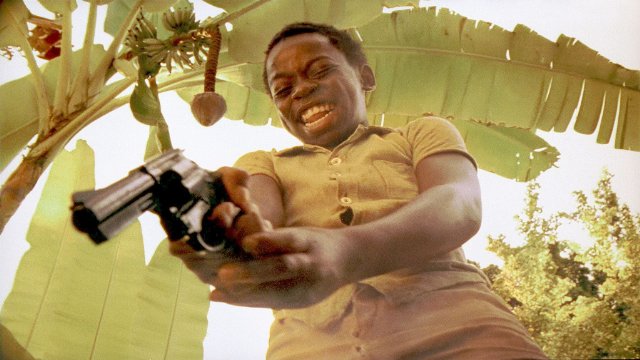
Industry, urbanization, technological development and economical progress are all aspects that define the cities of the “progressive” countries, but somebody has to pay for all of that, and it is usually the poor. “Cidade de Deus” was directed by Fernando Meirelles at the start of the 2000s and it narrates the story of the children growing up in Cidade de Deus, a favela of Río de Janeiro, and their struggles to survive.
Whatever is touched by poverty is doomed to decay and that is exactly what happens in “Cidade de Deus”, a place run by gangs of drug dealers, where children are absorbed by the delinquency while they’re very young. Buscapé, the narrator of the film, manages to stay away from the life of crime and goes on to become a photographer.
This film depicts in a magnificent way the lower segment of the economical spectrum, the lives of those who were unlucky enough to be born poor and hopeless, and the ecosystems that are born once there is nobody to maintain the law and order, when the only law is kill or be killed.
5. Playtime (Jacque Tati, 1967)
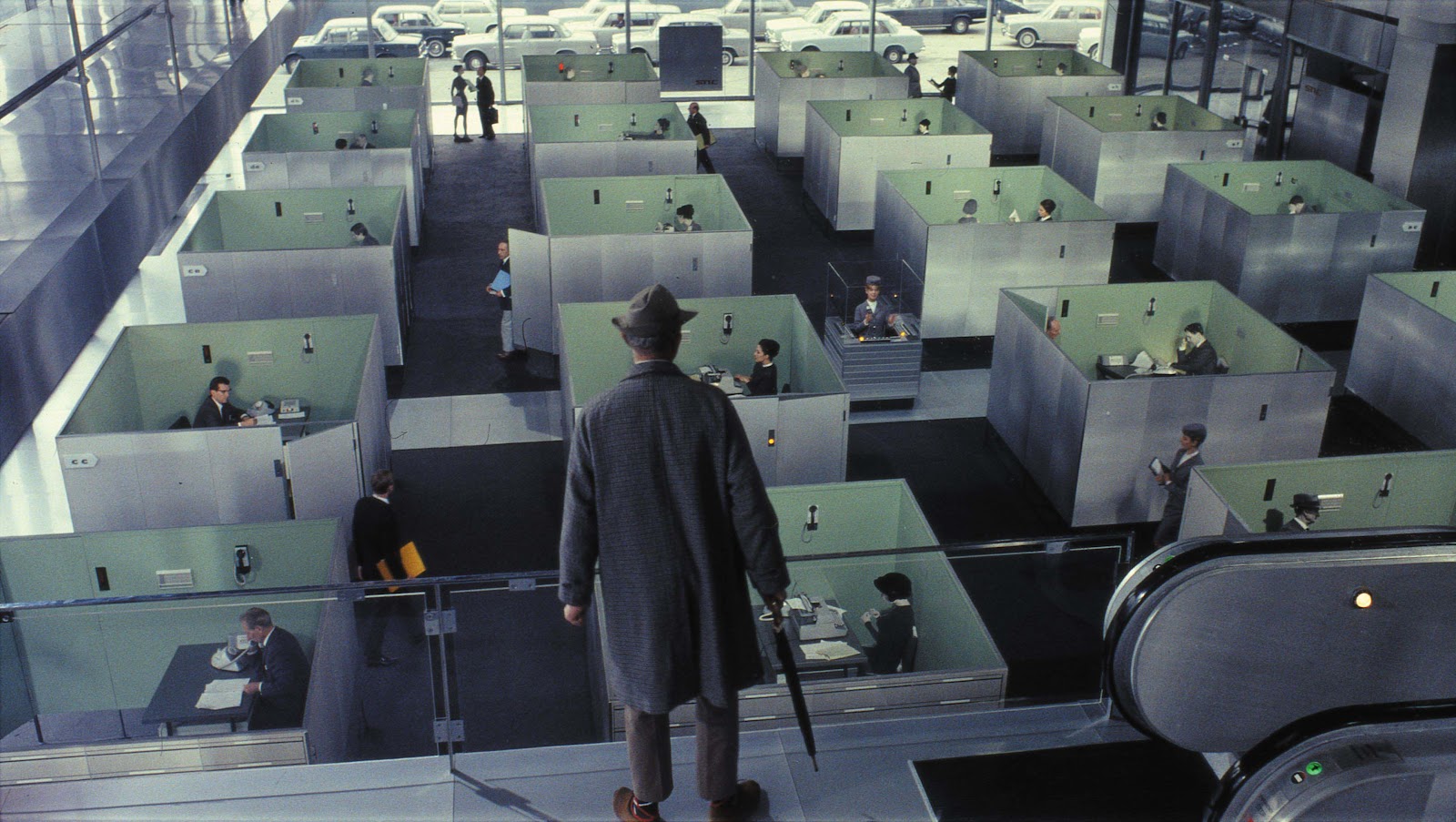
Things go fast, don’t they? Technology advances faster and faster every year, and we are constantly presented with new gadgets, innovations and products that promise to make our lives easier and more enjoyable. That is the ultra-modern world we live in and it’s not something new. In fact, Jacques Tati made a film about it in 1967. In “Playtime” we are presented with a Paris way different from the one we saw in “Le Samourai”.
The streets are still gray but now we have high-tech functionalist buildings, open to the city with their crystal walls. Functionalism is a style of architecture popularized by Le Corbusier and is taken in this film as a symbol for one of the biggest problems the advances in technology and communication have brought us: globalization and the loss of identity that comes with it.
The landscape is dominated by gray and tall buildings, with straight shiny lines all over the place. A scene in the film takes place in a travel agency and there we see publicity for México, London, Hawaii, where all sense of national identity is lost and instead we see the same gray functionalist building that swarms the streets of Paris.
In the film, Monsieur Hulot is lost in the high-tech labyrinth of the buildings, unable to cope with the technology and the frivolity of the new inventions, misguided by the mirages in the windows, uncomfortable with the futility of the unnecessary luxuries some people are very proud of (a door that produces no sound when slammed?). Trying to find oneself in this chaos is a hard task, and it gets harder over time.
6. Permanent Vacation (Jim Jarmusch, 1980)
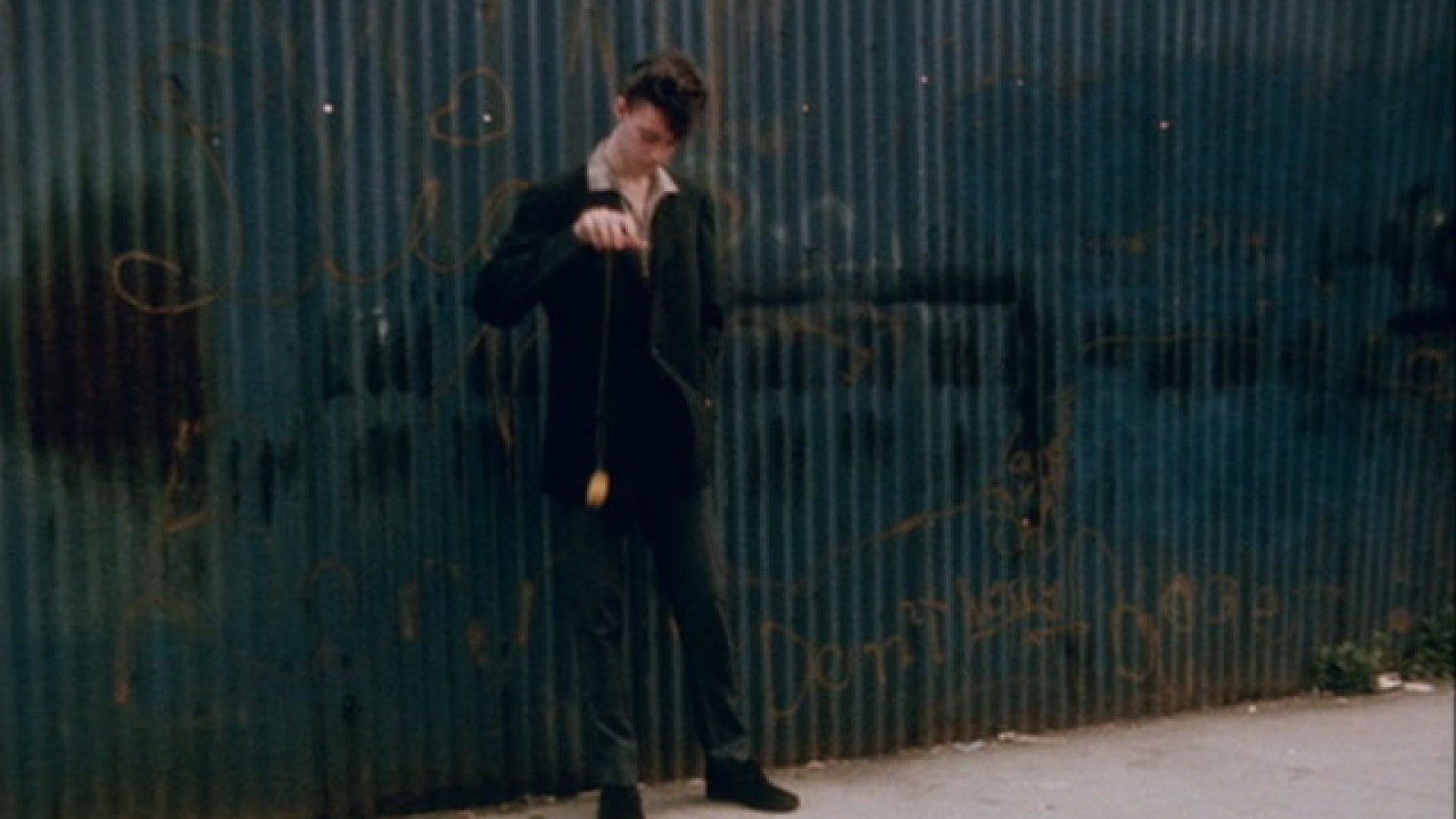
Jim Jarmusch’s opera prima is the story of a lonely teenager that roams around New York City trying to find some sort of meaning to his life. While the search for meaning is never-ending, he does find something while walking around: he discovers the magnificent mystery that is the Other. The films illustrates what James Joyce meant when he said he never met a boring person. Allie, the protagonist, goes from one place to another meeting an array of interesting characters.
Allie seems to mostly be an spectator for the characters he meets. “Permanent Vacation” may be taken as a calling to break our indifference, to discover the stories of the people around us, to go out every once in a while and walk erratically across the streets, without a defined purpose other than finding something new.